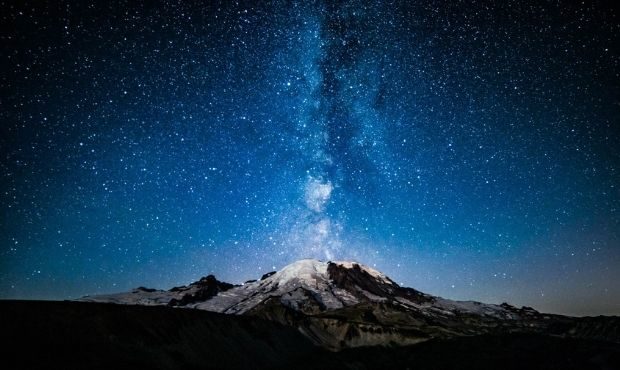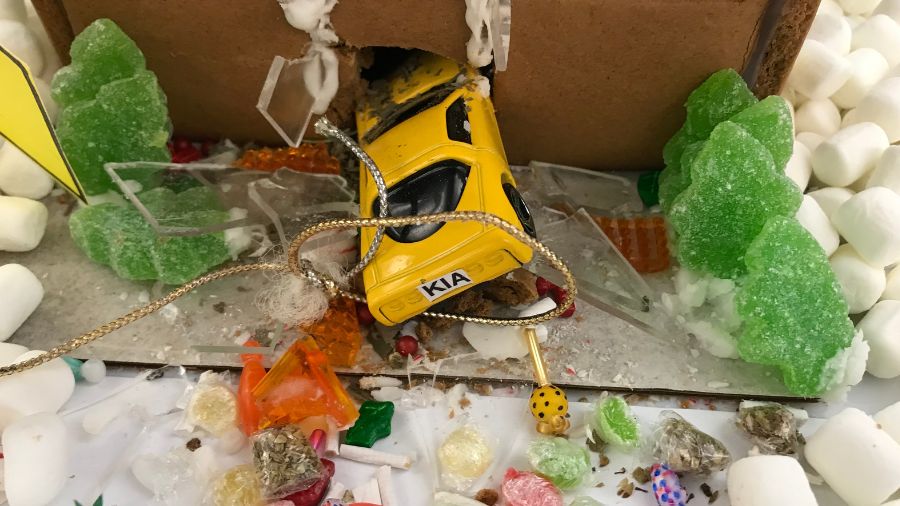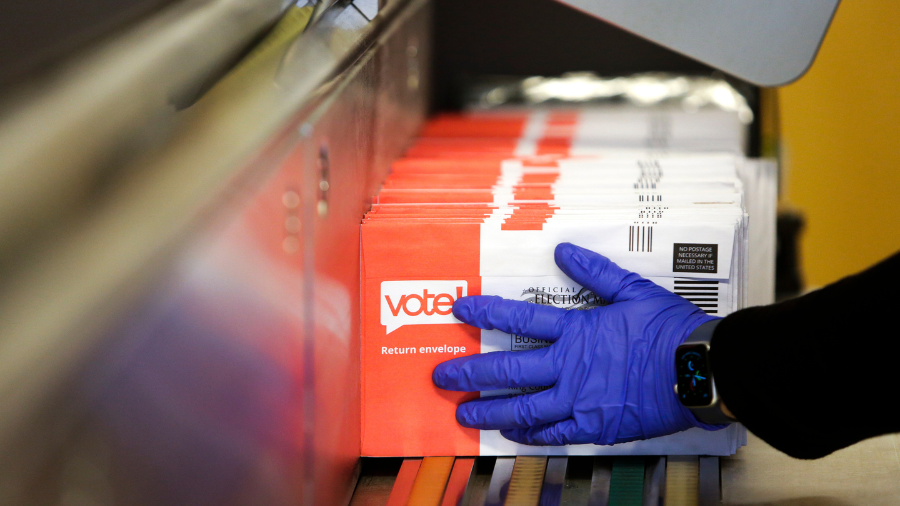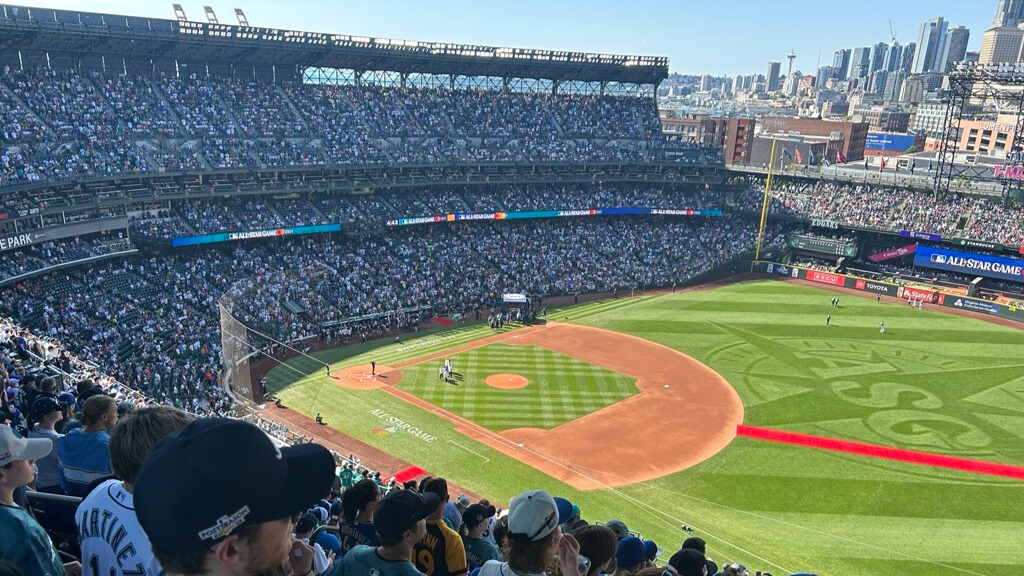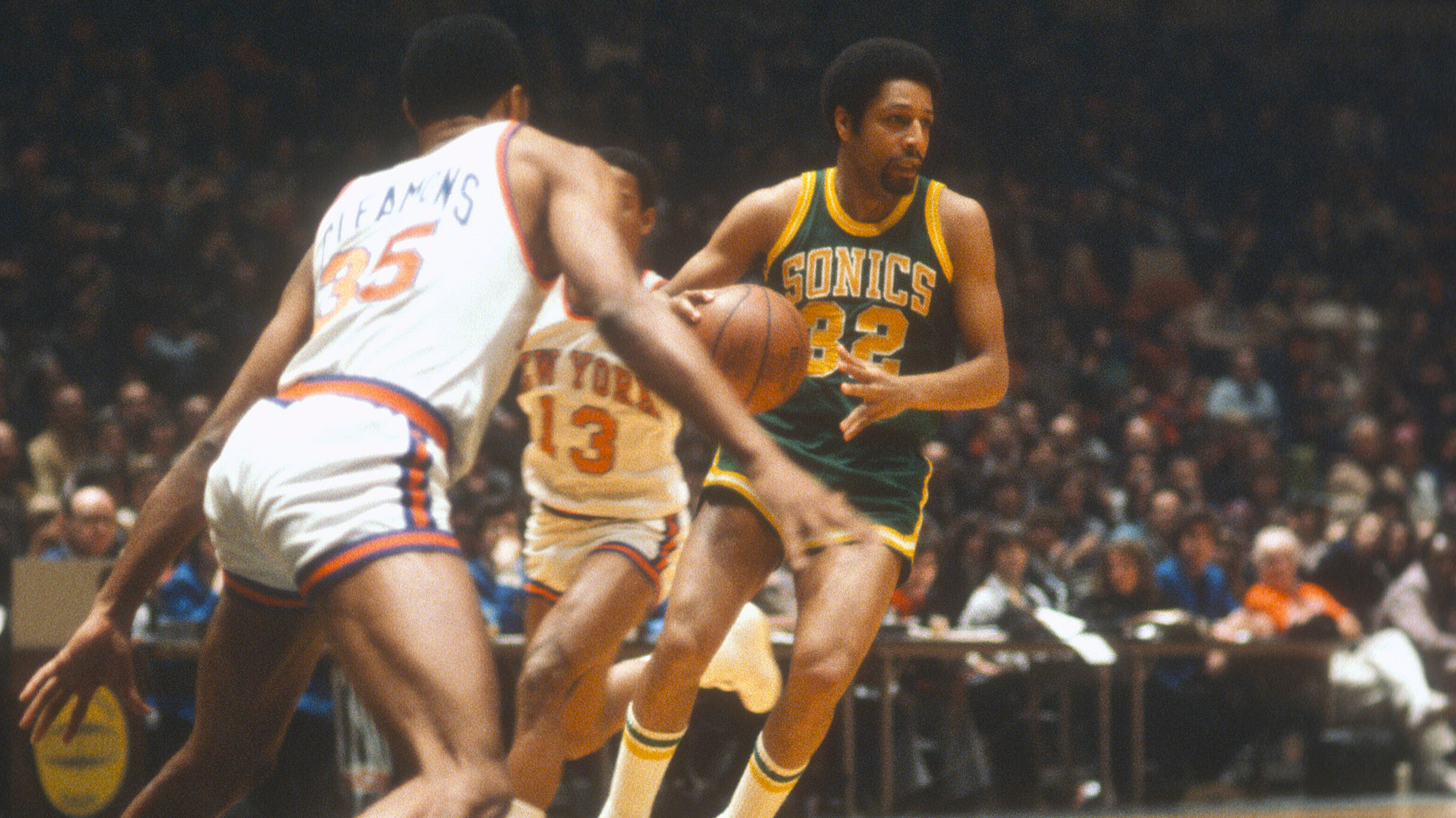20 years after Nisqually, Washington still isn’t ready for next big earthquake
Mar 3, 2021, 8:52 AM | Updated: May 7, 2021, 5:26 am
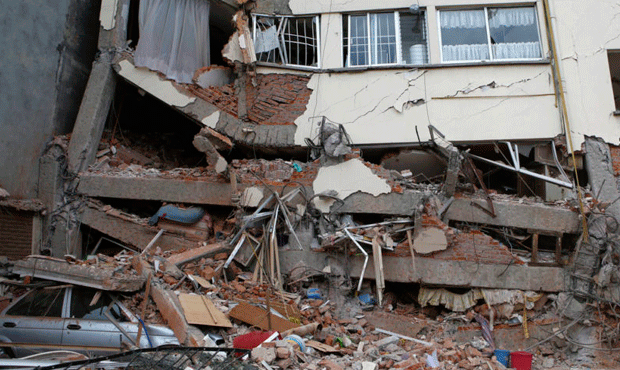
Lawmakers are asking for more federal funding to allow USGS to finish building an earthquake warning system. (File, Associated Press)
(File, Associated Press)
There’s an 84% Western Washington will be hit with another Nisqually-type earthquake sometime within the next 50 years. So, how prepared is the region should that occur? Not nearly enough, says seismologist Bill Steele.
Why a Nisqually-type earthquake is far more likely than ‘the Big One’
Steele, who works with the Pacific Northwest Seismic Network, cites several necessary steps Washington needs to take in order to be fully ready for the next earthquake, predicting a long road ahead to achieve that goal.
To understand why that is, Steele harkens back to the 2001 Nisqually earthquake. While the quake caused billions of dollars in damage, it didn’t quite stick in the minds of legislators in the years to follow, described by many as a “threshold-type event.”
“Things were really about to fail in many different cases, and I talked to the engineers at night when they came in after reconnaissance, with them saying, ‘if there was like one more cycle we would have really been in trouble,’” he detailed. “Some emergency managers called it a fender bender earthquake, where it hit everybody to a degree, but nobody hard enough to really engender big change.”
Because of that, Washington didn’t end up enacting large-scale changes akin to what’s been seen in California, where money and resources have been poured into retrofitting buildings and installing sensors for its ShakeAlert early warning system for decades.
To wit, there are two-thirds more seismographic instruments already installed in California than are projected to eventually be installed in the Northwest. That’s based on “a combination of density of population, risk, the fact that California has been building out their network for years, and a lot of state investment.”
“They’re way ahead of us,” Steele told MyNorthwest. “California and Oregon have both invested heavily into the seismograph network — Washington hasn’t.”
In Washington, while state leaders have put some money into expanding the early warning system, even now, it’s still only 65% built out with no solid estimate for when it will be fully installed. The state had originally hoped to be the first to reach its ShakeAlert expansion goals, and because of that lack of investment at the state level, it will likely be the third of the three West Coast states to finish.
Those deficiencies were evident during a recent test of the ShakeAlert system in King, Pierce, and Thurston counties, where the goal was to have people receive a warning text within five seconds of the system sending it out. Data is still being analyzed, but anecdotally, people reported receiving texts up to 20 seconds after the system sent them out, or in some cases, not at all.
“Clearly there needs to be improvements,” Steele said. “I think that most of the people had latencies far longer than we want to see — that’s not going to be useful as the prime warning system.”
That’s partially because ShakeAlert piggybacks on what’s known as the Wireless Emergency Alert (WEA) system, which as Steele points out, “wasn’t designed for this.” Rather, WEA was originally made to push out warnings for impending fire hazards, weather systems, and Amber Alerts, which typically can afford minutes-long latencies. For earthquakes, every second counts, given the speed at which P-waves — the seismic wave that causes the ground to shake — rapidly move out from the source.
“Every second that goes by, a P-wave goes another six kilometers,” Steele described. “So in five seconds, you’ve got that P-wave out 30 kilometers in all directions.”
Despite the need for more sensors, the state plans to publicly launch the ShakeAlert early warning system in May of this year. In the near-term, the hope is to continue building out sensors and smoothing out back-end systems to cut down on delays. Long-term, smartphone apps currently have proven to be “much faster, and seem to work well.”
“As the WEA system gets evaluated and worked on, we think these cell phone apps will step in and fill the gap to get messaging out to the public rapidly,” Steele predicted.
More work to be done at the local level for the next Washington earthquake
So, let’s say that the early warning system is perfected and everyone gets a text with seconds to spare. Even then, that won’t matter if the whole building collapses, which, depending on where you are, is a very real possibility in Western Washington.
In Seattle alone, there are over 1,100 unreinforced masonry buildings (URMs), primarily in historic neighborhoods like Capitol Hill, Pioneer Square, the International District, Columbia City, and Ballard.
These are structures typically built before 1945 without modern building codes, and are “much more likely to experience damage or collapse during an earthquake.”
There are also a troubling number of URM schools in Washington, “and there are no requirements to improve them,” Steele points out.
“Can you imagine sending your 5-year-old into a building that you know is likely to collapse in the next earthquake and not being able to do anything about that?” he posited. “That’s unconscionable.”
Video: Remembering the Nisqually earthquake 20 years later
But fixing that problem isn’t as simple as requiring privately-owned buildings to get retrofitted, since it often could end up costing as much as constructing an entirely new building altogether.
And then, even if you do pour millions of dollars into a retrofit, there’s still a chance it could be destroyed or damaged in the next earthquake anyway.
“But it won’t kill the people in it or on the sidewalk,” Steele clarified. “To require someone to invest millions of dollars into a project that is likely not going to raise their property value much, and their building may still break after the next earthquake, it’s a difficult incentive.”
That means the state needs to provide better incentives and investments to motivate building owners to either move forward with retrofits, or in some cases, fully rebuild.
“There needs to be a number of different modalities for people to choose to either retrofit, or make it easier for them to tear the building down,” Steele outlined. “If it’s in a historic zone that you really want to preserve, then maybe the public has a role to play in investing in maintaining that resource. One way or another, we need a way to make it possible for privately owned buildings to be retrofit, actually require it, and spread the pain out in a reasonable way.”
In the meantime, “the state has a long way to go” toward realizing that goal, especially after a year where the state has largely been focused on mitigating the ongoing effects of a global pandemic.
Thankfully, given that it may be decades before the next big earthquake arrives in Western Washington, Steele believes “we may have time.” We just shouldn’t wait too much longer, he warns.
Questions, comments, or feedback? Follow Nick Bowman on Twitter at @NickNorthwest to weigh in, or reach him by email at nbowman@bonneville.com.

